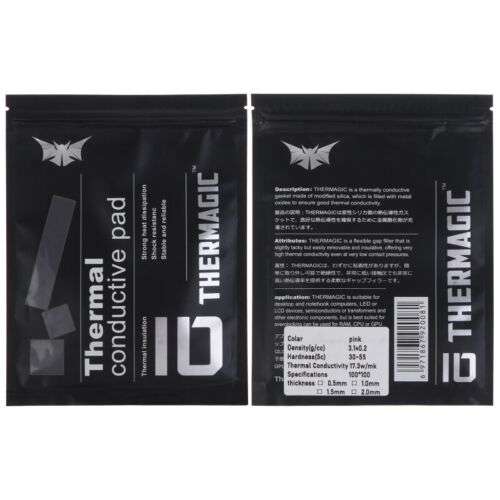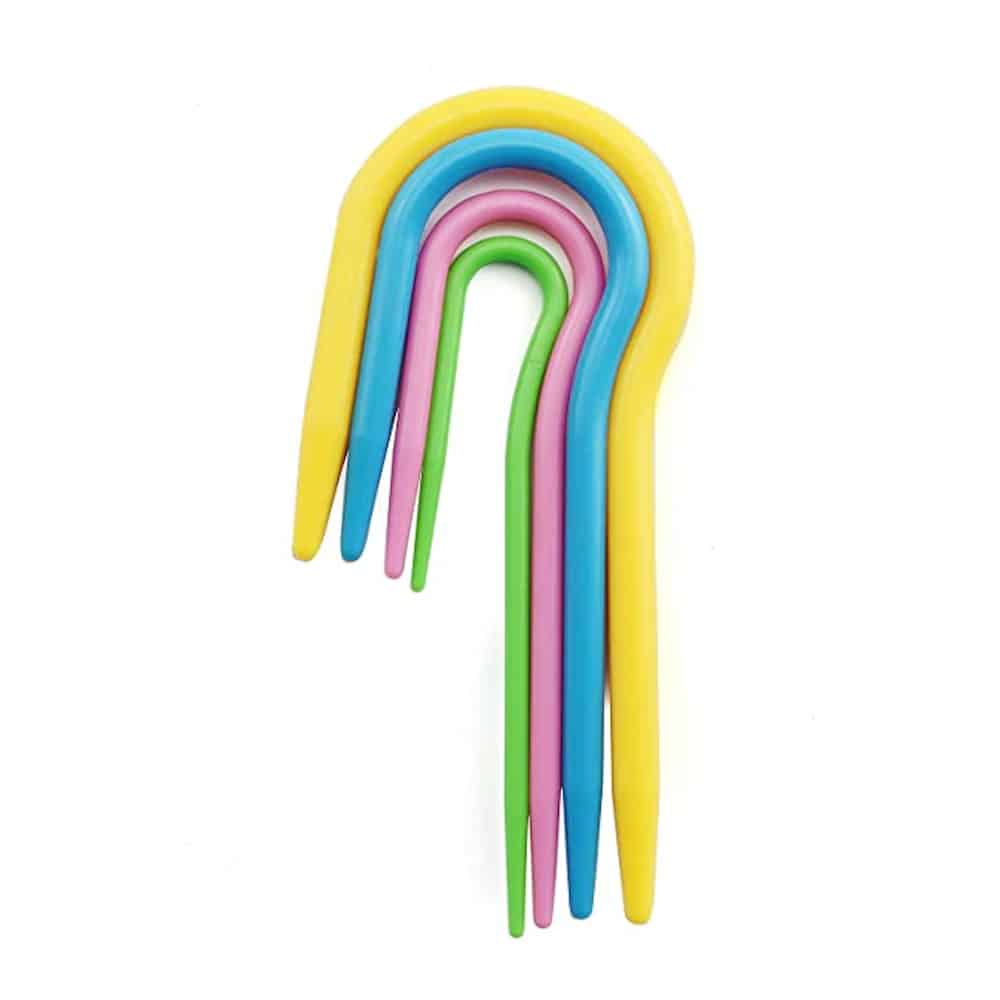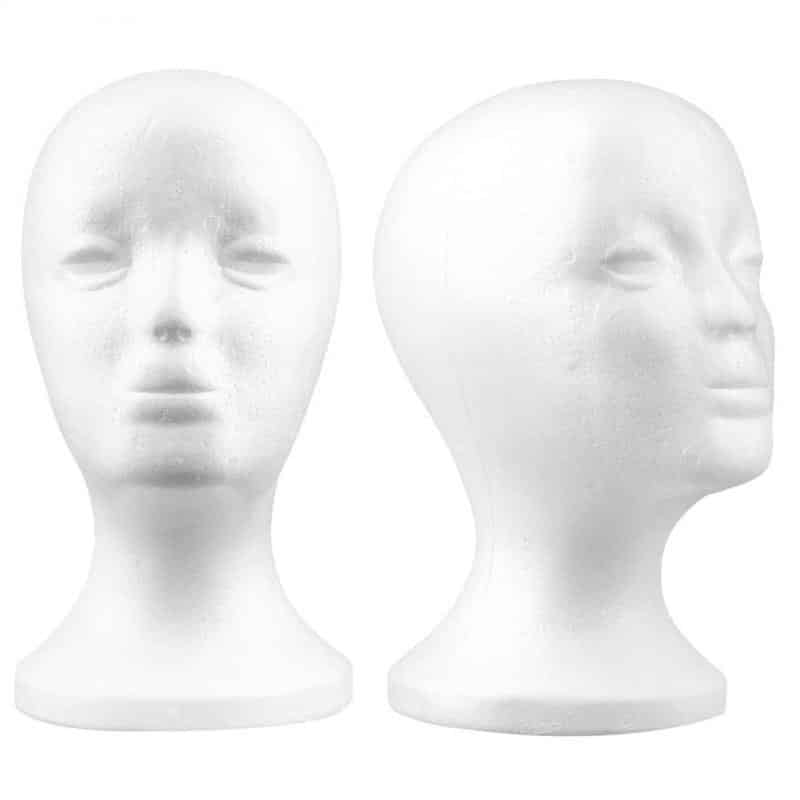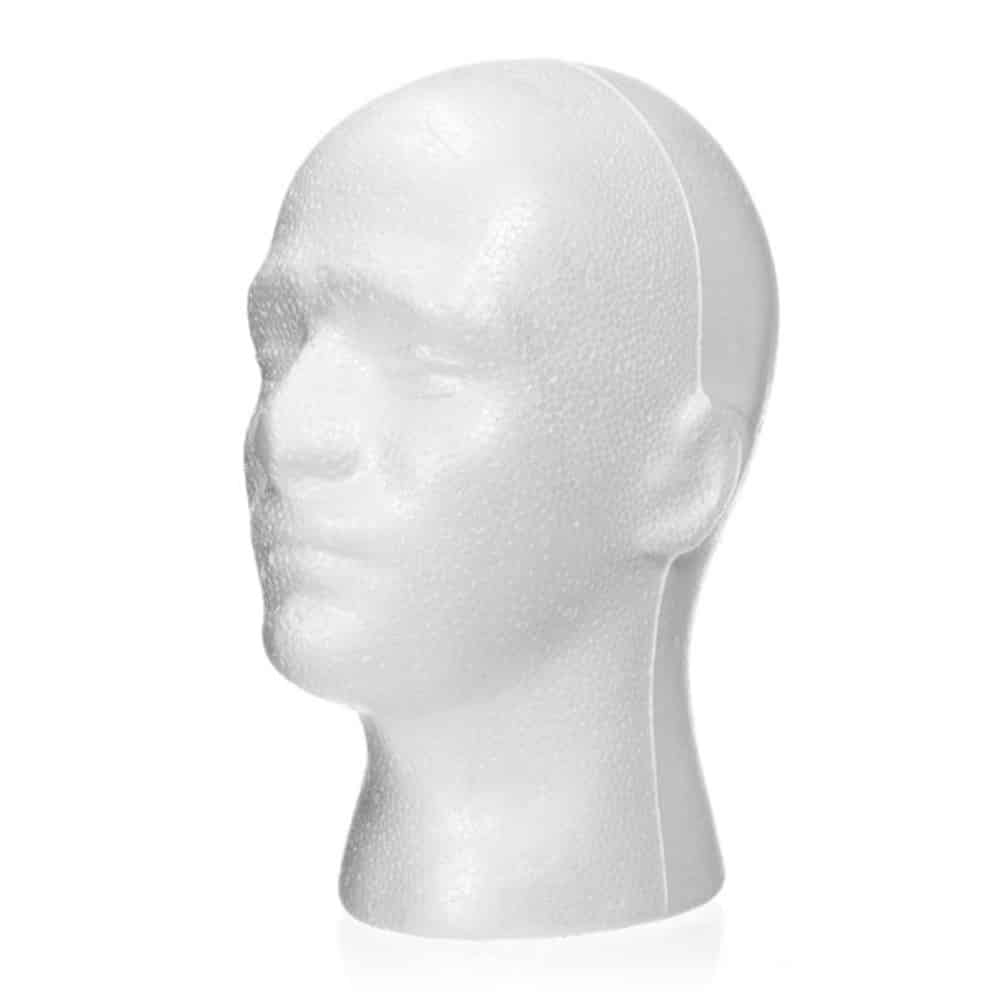




ID: 508747
SKU: 3.55E+11
Category: Home and Kitchen
Tags: 30days
High-Performance Thermal Pad for PC Heat Dissipation - 17.3 W/mK Non-Conductive Silicone Pad
About this item:
- For professionals that need non-conductive and reliable heat dissipation. - Features: non-conductive, high thermal conductivity (17.3 W/mK), high elasticity, and wide temperature range (-50 to +200°C). - Durable and reliable: made of high-quality silicone, it can withstand high and low temperatures. - Options: available in various sizes and thicknesses to meet different application needs. - Additional features: low electrical conductivity, low compression set, and waterproof.
₹3050
On preorder
Delivered in 30-60 days
On Pre-Order
Guaranteed Secure
- Guaranteed delivery
- Fast shipping
- PAN India shipping
- 100% Secure payment
- Regular orders dispatch in 48 Hours
- Pre-orders dispatch in 30-45 days
- Returns accepted
- Fast refund process
- 24/7 customer support







